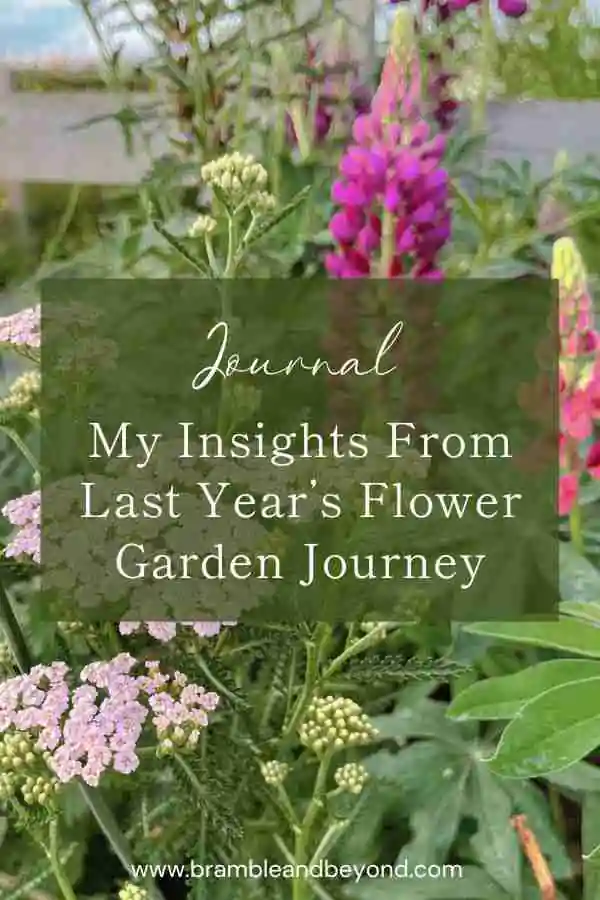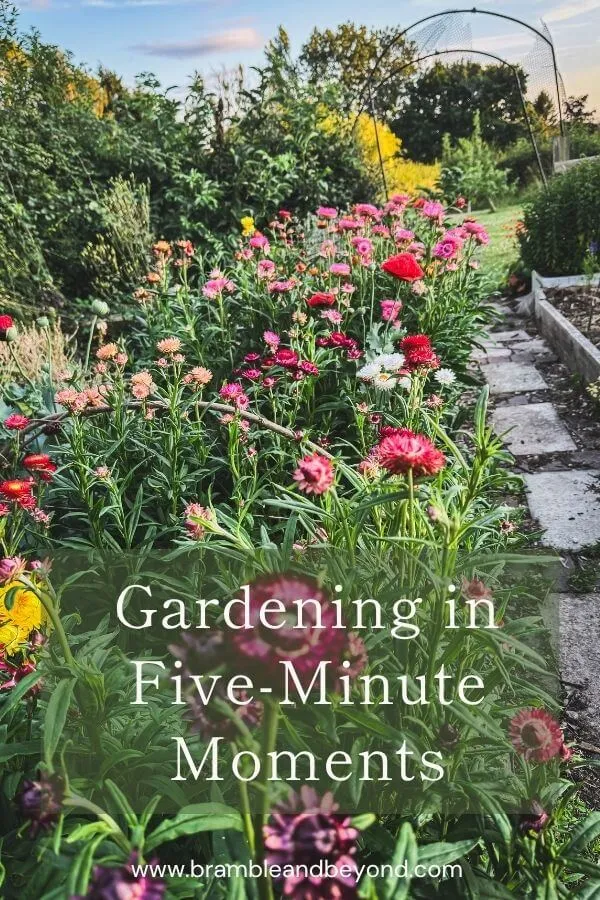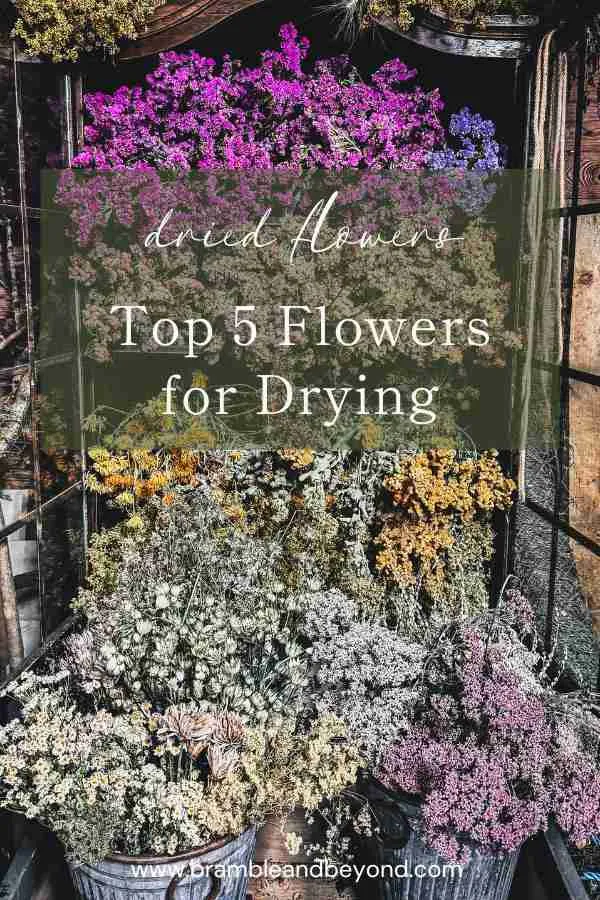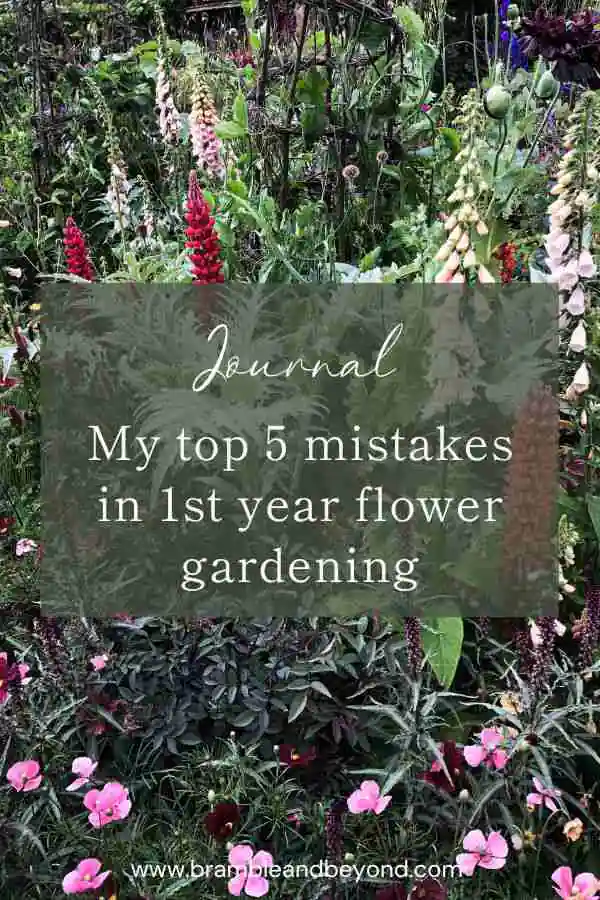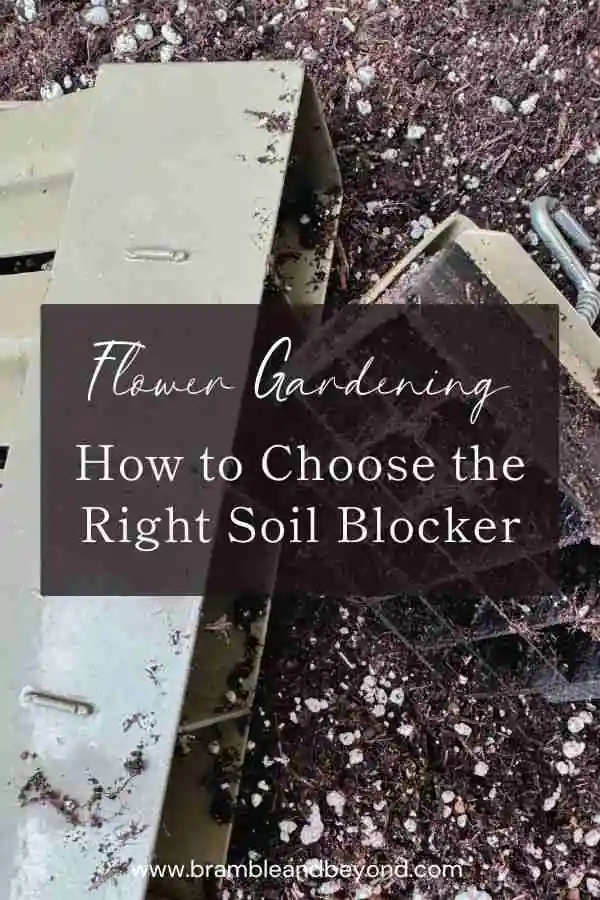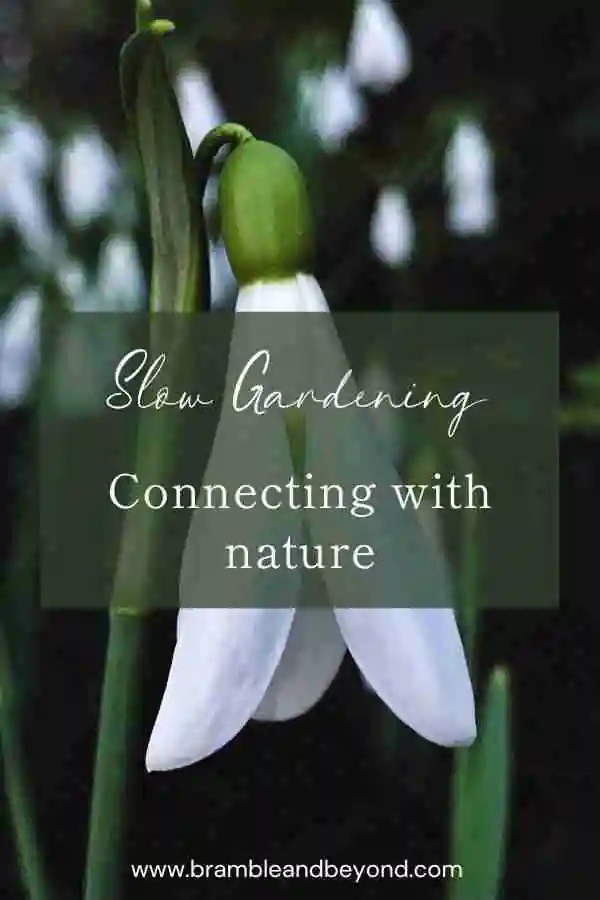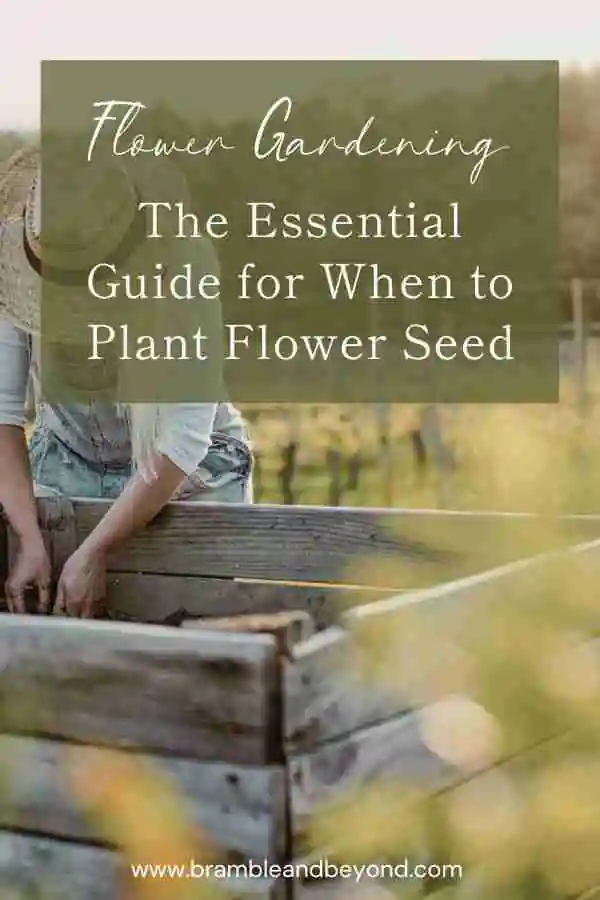Disclosure: This post may contain affiliate links, meaning I get commission if you decide to make a purchase through my links, at no cost to you. Please read my Affiliate Disclosure for more information.
Hello, fellow nature-lovers and green-thumbed goddesses! As an avid devotee of sustainable seasonal flower gardening, I spent the better part of last year with dirt under my nails, sun on my face, and a garden full of lessons. It was my second year navigating the joyful world of my cutting garden, and let’s just say, it was quite the rollercoaster ride!
Today, I’m thrilled to share “my top 3 takeaways from last year” – the gardening journey that has not just transformed my garden, but also my perspective on nurturing nature. The worrying thing some of the insights are lessons I didn’t learn from my first year!
I covered this topic in the video below, but if you prefer reading then continue on.
My top 3 mistakes from last year
Before we dive into what I plan to do next in my gardening journey, let’s first examine the areas where things didn’t go quite as planned. Here are the top three mistakes I made in my garden last year.
1. Poor support: The doom of a plant
Never underestimate the power of a good stake. Sounds like a vampire movie tagline, right? But it’s actually my number one gardening tip. Last year, I learned that proper staking is like the fairy godmother of a plant’s world – it supports, it uplifts, and it makes everything look prettier. So, ladies, get your stakes ready and let them work their magic!
I must admit, I’ve been a bit laid-back with my staking in the past, either making it a little too flimsy or putting it in place a bit too late. The result? Some pretty unusual stem shapes!
Whilst this isn’t so important if you are just looking at your garden from the kitchen window, but if you want to cut the flowers, then it’s of major importance.
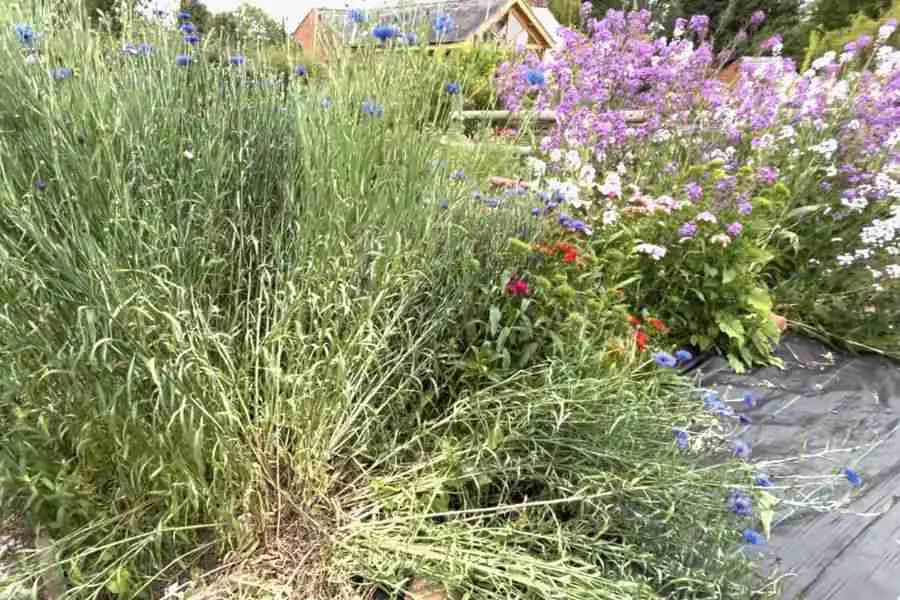
A collapsed flower stem doesn’t necessarily impact it’s flowering ability. For many plants the stem will always try to grow towards to the light. This often results in a bunch of side shoots sprouting from the main stem or the main stem bending upwards. But let’s be honest, neither of these scenarios are ideal for flower arranging or creating a beautiful flower garden.
Note to self: I must do better.
2. Inadequate watering: The drought of May
My second little hiccup involved watering. To be fair, though, let’s chalk this one up to a bit of a miscommunication. By the time May rolled around last year, I was patting myself on the back for my seed growing prowess. My seeds had germinated well and were all outside hardening off, when I had to take a sudden trip away.
I left watering instructions for Mr B+B, especially since a heatwave was on the horizon. He assured me all was in hand and going well, so imagine my surprise when I returned to find that he’d missed almost all the seedlings in my growing area. Turns out, the lucky recipients of his watering efforts were the surplus seedlings left over from my planting before I went away, that I had left on the first flower bed he came across.
The recovery from this mishap took until the end of July before the new seedlings started to flower. As you can imagine, this left a noticeable gap in my flowering season. Fortunately my biennials did a fantastic job of filling the gap, but I did have limited choice.

Watering in hot weather may seem like a simple task, but it requires attention and consistency (and good instructions if you leave it in the hands of someone else) – things I learned the hard way!
3. A garden without a plan: The wild wild west
Finally, my third big mistake was not having a structured plan for my cutting garden.
Without a plan, it’s so easy to get carried away by the charm of seed catalogues and you end up buying a bunch of random seeds that look pretty, cost a fortune and you simply don’t have the space for. Guilty as charged!
This made planting the seeds an enormous task. Trying to find the space and ideal growing conditions for lots of different seeds can be quite the juggling act. I must admit, I lost quite a number of seeds as I didn’t pay enough attention to their particular growing needs.
Even though I had some seed germination failures, I still had lots of seeds available to plant out. Looking back, it’s funny to think that if I hadn’t lost so many seedlings, as mentioned in mistake number two, I would’ve been struggling with where to plant all the seedlings. Again, this would be caused by a failure of planning.
For the seedlings that did make it, I found myself planting wherever there was a spot in the garden, and then not labelling them adequately. As a result, I lost track of everything. Imagine a garden that looked more like the wild west than an organised haven.
Having a detailed plan goes beyond just making your garden look pretty. It’s all about efficiency and getting the most out of your plants and space. Imagine how much easier it would be to manage your garden if you had plants of similar sizes or those that thrive in the same conditions all planted together. And the best part? Your plants will thank you for it!
Garden glow-up: My goals for the coming year
With the lessons of last year in mind, I’m thrilled to share my gardening goals for the coming year. These goals are all about taking my garden to the next level and further embracing sustainable practices, whilst keeping everything manageable.
1. The Power of proper staking
In the coming year I’m hoping to establish a much more effective and permanent staking solution. My goal is to build something enduring that can easily adapt without the need to constantly move it around. I’ve got three main boxes to tick for my support structure:
- First and foremost, the structure should be able to support my plants throughout the growing season. I know each plant variety has its own unique support needs, but I’m aiming for a universal solution that is adaptable.
- I want the structure to blend in seamlessly with the garden. Once the plants have fully grown, it shouldn’t be easily visible and it definitely shouldn’t get in the way of my flower harvesting.
- If I can also get the structure to double as a frost protection cover, that would be a huge bonus!
Check out this video where I go over how I’m planning to pull this off. Here’s to hoping it works and won’t need too much maintenance!
2. Main garden revamp
I can’t tell you how much enjoyment I have got from my cutting garden and the bonus is that it was pretty easy work. I love the flowers, I love that it doesn’t matter what it looks like (although, with all of the flowers in bloom it can’t help but look glorious), and I love that it is easy to maintain.
When I compare it to my main garden, which is probably a bigger growing space than the cutting garden, I feel a bit swamped. Just looking at it feels overwhelming, and working in it feels like a chore. The outcome? A garden that’s a bit… well, underwhelming. The more I avoid working in it, the more unmanageable it becomes and the more the weeds and brambles take over.
So, my plan this year is to sprinkle a little magic from my cutting garden into my main garden. I’m going to add some cutting garden flowers into the existing flower beds.
I’m hoping this will help me out in two ways:
- By adding in more plants, I am hoping that more ground will be covered, thus blocking out the light and suppressing weed growth. This will require strong seedlings so that they can fight back the weeds.
- The cutting garden was hands down the most vibrant part of the garden. If I can bring some of that colour to the main garden, I’m hoping the flowers will detract from any rogue weeds that might pop up.
Over time, I’m hopeful that if I feel more connected to the main garden, I will enjoy it more, and if nothing else I’ll have more flowers I can cut!
3. Dried flowers: The unsung heroes
Let’s give a big round of applause for the unsung heroes of my garden – the dried flowers that turned my hobby into a little money-making venture!
Initially, my dream was for my little cutting garden to become a side-hustle, selling fresh flower bouquets during the growing season. But, let’s face it, I live in the middle of nowhere with not much passing traffic, and self-promotion isn’t really my forte.
The thing with fresh cut flowers is that they don’t stay fresh for long. If you don’t sell them in their prime, they’re off to the compost bin within a few days.
Now, dried flowers, they’re a whole different story. Sure, they do require some additional processing and drying space (I’m still figuring that part out), but once they’re dried, you’ve got all the time in the world to sell them. I put them up for sale on Etsy, and was pleasantly surprised by how popular they were.
So, my game plan for this year is to focus exclusively on flowers that dry well. There will be a bit of experimentation, but mostly I’ll stick to what has worked in the past, and strive to make them the best they can be.
This is where having a plan really pays off. It’s already helped me be more selective with my seed purchases. For the main garden, I’m sticking to the easy-to-grow cut flowers I know and love, since I already have the seeds, it’s a no-brainer. The cutting garden will be dedicated to dried flowers, allowing me to keep a closer eye on their growth.
Reflecting on the journey and looking forward
As we step into a new year, it’s time to look back at the garden path we’ve walked and the one that lies ahead. To quote the famous horticulturist Luther Burbank, “Flowers always make people better, happier, and more helpful; they are sunshine, food and medicine for the soul.”
So, let’s take these lessons to heart, let’s continue to grow, and let’s make our gardens a true reflection of ourselves. Because when it comes to gardening, it’s not just about the flowers – it’s about cultivating a lifestyle that’s in harmony with nature, one bloom at a time.

